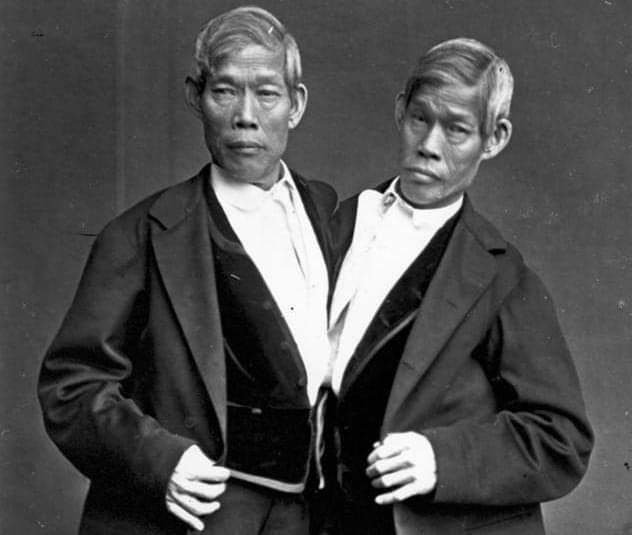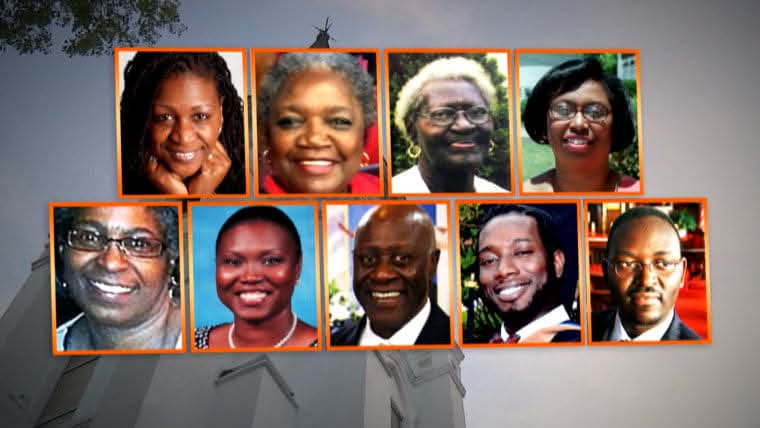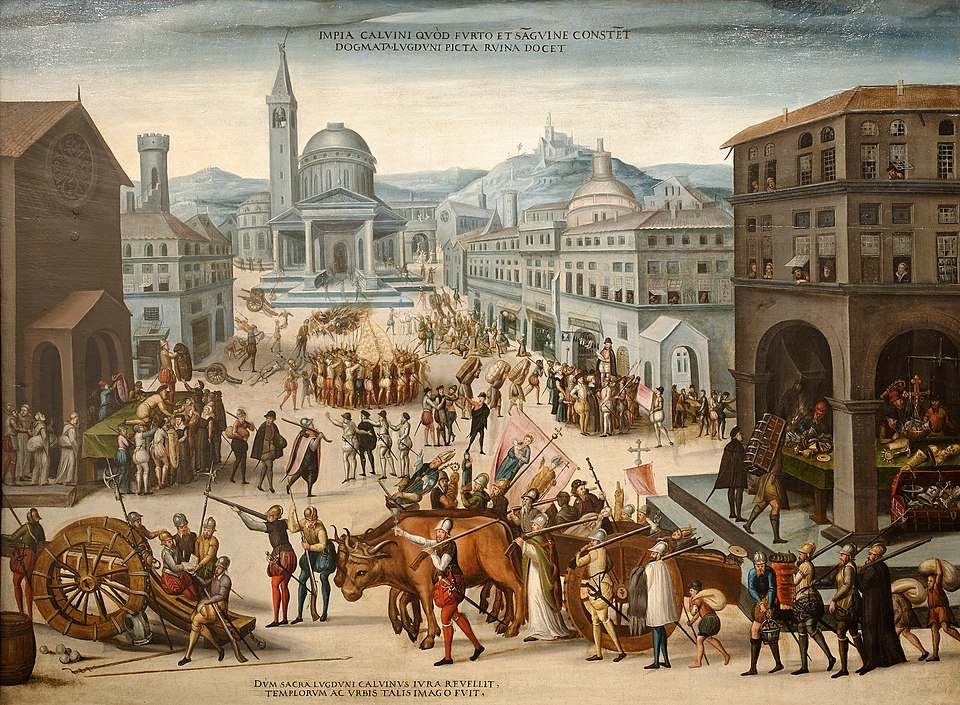CHANG BUNKER & ENG BUNKER: The Conjoined Twin Brothers Known as the Siamese Twins

Did you know that the Bunkers had the longest known lifespan (62 years) of any conjoined twins in history until 2012, when their record was surpassed by Ronnie and Donnie Galyon (69 years)?
Chang Bunker and Eng Bunker were Siamese-American conjoined twin brothers whose fame propelled the expression "Siamese twins" to become synonymous for conjoined twins in general. They were widely exhibited as curiosities and were "two of the nineteenth century's most studied human beings". The brothers were born with Chinese ancestry in Siam (now known as Thailand) on May 11, 1811 and were brought to the United States in 1829.
Physicians inspected them as they became known to American and European audiences in "freak shows". Newspapers and the public were initially sympathetic to them, and within three years they left the control of their managers, who they thought were cheating them, and toured on their own. In early exhibitions, they were exoticized and displayed their athleticism; they later held conversations in English in a more dignified parlor setting.
In 1839, after a decade of financial success, the twins quit touring and settled near Mount Airy, North Carolina. They became American citizens, bought slaves, married local sisters, and fathered 21 children, several of whom accompanied them when they resumed touring. Chang's and Eng's respective families lived in separate houses, where the twins took alternating three-day stays. After the Civil War, they lost part of their wealth and their slaves.
At birth, Chang and Eng were healthy xiphopagus twins connected at the sternum by a flexible circular band of flesh and cartilage, about 5 inches (130 mm) long with a maximum circumference of 9 inches (230 mm). Their livers were connected through the band, and only at the middle of the ligament did they share sensation. Most physicians who met the twins recommended against surgery for separation, as with medical technology at the time it would have been a fatal procedure. Contemporary medical literature strongly suggests that the twins could have been easily separated today.
While Eng enjoyed good health toward the end of his life, most of Chang's right side became paralyzed in 1870 after his stroke, and eventually his right leg needed to be kept in a sling. From then on, Chang—becoming a heavy drinker—remained in poor health. Chang contracted bronchitis in January 1874, and the family physician recommended that he stay indoors and warm. On January 15, the Bunkers traveled through cold weather to Eng's house. Chang seemed to have recovered somewhat by the next day but at night was unable to breathe comfortably. On Chang's urging the brothers slept sitting upright on a chair, in front of a fireplace. Eng was healthy physically yet weary from spending the past week with a seriously ill Chang, so he asked to move to their bed after hours of drifting in and out of sleep.
Early in the morning of January 17, 1874, one of Eng's sons checked on the sleeping twins. "Uncle Chang is dead," the boy reportedly said to Eng, who responded, "Then I am going!" The family doctor was quickly sent for but Eng soon died, reportedly just over two hours after his brother's death. The Bunkers had the longest known lifespan (62 years) of any conjoined twins in history until 2012, when their record was surpassed by Ronnie and Donnie Galyon (1951–2020).
Eng was remembered as a caring supporter of his brother, especially during their final years, when Chang developed severe illnesses. After their deaths, their good friend Jesse Franklin Graves recalled, "[Eng's] kindness was received with the warmest appreciation by Chang, whose disposition was very different from the morose, ill nature so falsely ascribed to him [by the press]."
The New York Herald ran a front-page story about the Bunkers' deaths, which attracted public demand for an autopsy. Their autopsy was performed by surgeon William Pancoast of Philadelphia's Jefferson Medical College, who successfully petitioned for the opportunity to study the twins. It was rumored that Pancoast and other physicians had offered money to Chang and Eng's widows to inspect the twins, but more likely the doctors pressured the sisters into giving up the bodies by framing this donation as their "duty to science and humanity".
Their bodies were preserved for two weeks by the cold weather, and then an express train delivered them to the College of Physicians of Philadelphia, where the autopsy was performed and where preliminary findings were presented on February 18 while the autopsy was in progress. The twins' final autopsy report said that Chang had most likely died of a cerebral blood clot; the cause of Eng's death was left unclear. Pancoast and colleague Harrison Allen attributed it to shock—that is, Eng "died of fright" upon seeing his dead brother—based on the fact that Eng's bladder had distended with urine and his right testicle had retracted. Others who worked on the autopsy suggested alternate theories, most prominently that Eng had died of blood loss as his circulatory system pumped blood through the connecting band into his dead brother's body and received no blood in return.
Before the Bunkers' bodies were returned to North Carolina for burial (in 1917 they were moved to the cemetery at White Plains Baptist Church outside Mount Airy), doctors took photographs of the connecting tissue and hired sculptor John Casani to make a plaster cast of the twins. The Bunkers' fused livers are preserved in fluid and displayed in a clear jar along with the death cast in Philadelphia's Mütter Museum as a permanent exhibition. A basement room of the Andy Griffith Museum contains an exhibit on the twins. The Circus World Museum houses life-size figures of the twins. The Southern Historical Collection of the University of North Carolina at Chapel Hill keeps the Bunkers' personal papers.
The Bunker brothers coined the term "Siamese twins", and their fame made it a synonym for conjoined twins in colloquial use, even referring to those before the Bunkers' lifetime; however, modern researchers see the term as outmoded, preferring "conjoined twins". The phrase "like the Siamese twins" (or variations) was in use as early as October 1829 to describe other conjoined pairs, but over the decades use of the standalone "Siamese twins" became widespread. Chang and Eng are often referred to retrospectively as the "original Siamese twins". The novelist Darin Strauss writes, "their conjoined history was a confusion of legend, sideshow hyperbole, and editorial invention even while they lived."
Source:
https://en.m.wikipedia.org/wiki/Chang_and_Eng_Bunker
#penglobalhistory #siamese



